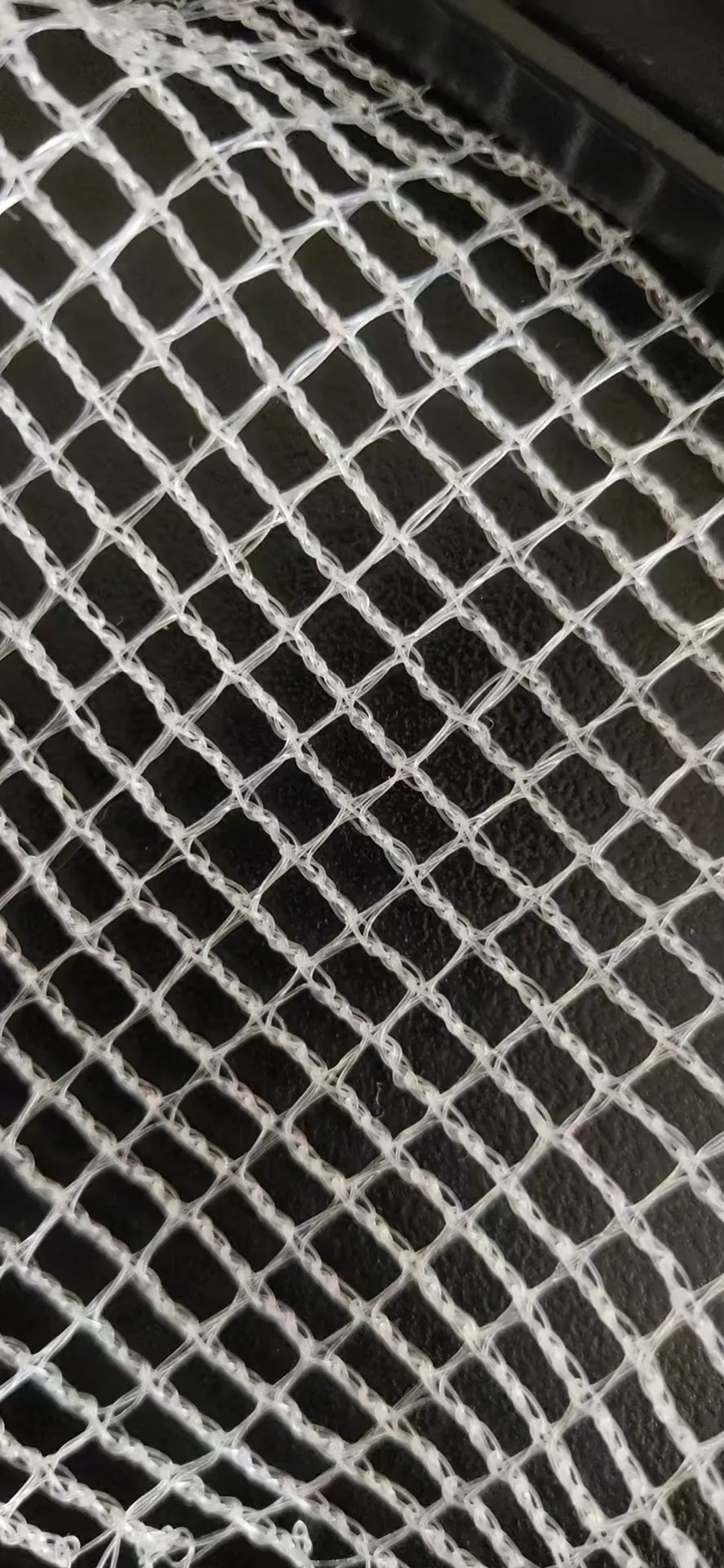-
 Afrikaans
Afrikaans -
 Albanian
Albanian -
 Amharic
Amharic -
 Arabic
Arabic -
 Armenian
Armenian -
 Azerbaijani
Azerbaijani -
 Basque
Basque -
 Belarusian
Belarusian -
 Bengali
Bengali -
 Bosnian
Bosnian -
 Bulgarian
Bulgarian -
 Catalan
Catalan -
 Cebuano
Cebuano -
 China
China -
 Corsican
Corsican -
 Croatian
Croatian -
 Czech
Czech -
 Danish
Danish -
 Dutch
Dutch -
 English
English -
 Esperanto
Esperanto -
 Estonian
Estonian -
 Finnish
Finnish -
 French
French -
 Frisian
Frisian -
 Galician
Galician -
 Georgian
Georgian -
 German
German -
 Greek
Greek -
 Gujarati
Gujarati -
 Haitian Creole
Haitian Creole -
 hausa
hausa -
 hawaiian
hawaiian -
 Hebrew
Hebrew -
 Hindi
Hindi -
 Miao
Miao -
 Hungarian
Hungarian -
 Icelandic
Icelandic -
 igbo
igbo -
 Indonesian
Indonesian -
 irish
irish -
 Italian
Italian -
 Japanese
Japanese -
 Javanese
Javanese -
 Kannada
Kannada -
 kazakh
kazakh -
 Khmer
Khmer -
 Rwandese
Rwandese -
 Korean
Korean -
 Kurdish
Kurdish -
 Kyrgyz
Kyrgyz -
 Lao
Lao -
 Latin
Latin -
 Latvian
Latvian -
 Lithuanian
Lithuanian -
 Luxembourgish
Luxembourgish -
 Macedonian
Macedonian -
 Malgashi
Malgashi -
 Malay
Malay -
 Malayalam
Malayalam -
 Maltese
Maltese -
 Maori
Maori -
 Marathi
Marathi -
 Mongolian
Mongolian -
 Myanmar
Myanmar -
 Nepali
Nepali -
 Norwegian
Norwegian -
 Norwegian
Norwegian -
 Occitan
Occitan -
 Pashto
Pashto -
 Persian
Persian -
 Polish
Polish -
 Portuguese
Portuguese -
 Punjabi
Punjabi -
 Romanian
Romanian -
 Russian
Russian -
 Samoan
Samoan -
 Scottish Gaelic
Scottish Gaelic -
 Serbian
Serbian -
 Sesotho
Sesotho -
 Shona
Shona -
 Sindhi
Sindhi -
 Sinhala
Sinhala -
 Slovak
Slovak -
 Slovenian
Slovenian -
 Somali
Somali -
 Spanish
Spanish -
 Sundanese
Sundanese -
 Swahili
Swahili -
 Swedish
Swedish -
 Tagalog
Tagalog -
 Tajik
Tajik -
 Tamil
Tamil -
 Tatar
Tatar -
 Telugu
Telugu -
 Thai
Thai -
 Turkish
Turkish -
 Turkmen
Turkmen -
 Ukrainian
Ukrainian -
 Urdu
Urdu -
 Uighur
Uighur -
 Uzbek
Uzbek -
 Vietnamese
Vietnamese -
 Welsh
Welsh -
 Bantu
Bantu -
 Yiddish
Yiddish -
 Yoruba
Yoruba -
 Zulu
Zulu
Innovative Approaches in Hawk Netting Techniques for Enhanced Wildlife Management and Conservation
The Significance and Techniques of Hawk Netting in Avian Research
Hawk netting is a specialized method used by ornithologists and wildlife researchers to study and monitor hawk populations. As raptors, hawks play a crucial role in their ecosystems, serving as indicators of environmental health and providing insights into ecological changes. The practice of hawk netting not only aids in population studies but also plays a pivotal role in conservation efforts, allowing researchers to understand the dynamics of these magnificent birds and the habitats they rely on.
Understanding Hawk Behavior
Before diving into the techniques of hawk netting, it’s essential to understand hawk behavior. These birds of prey are known for their keen eyesight, exceptional hunting skills, and territorial nature. They often perch high in trees or on cliffs, scanning their surroundings for potential prey. This behavior is critical to consider when planning netting strategies, as it influences where and how nets should be placed to maximize effectiveness while ensuring the safety of the birds.
Techniques of Hawk Netting
1. Site Selection The initial step in hawk netting is identifying suitable locations. Researchers often look for areas where hawks frequently forage or roost. These locations may include fields, forests, or near water sources where prey is abundant. High-perching sites, such as tall trees or telephone poles, are also ideal for targeting hawks.
hawk netting

2. Choosing the Right Nets The type of net used for hawk netting is critical. Researchers typically opt for mist nets, which are fine nets designed to entangle birds softly without causing them harm. The nets must be tall enough to capture hawks in flight and should be camouflaged to blend into the surrounding environment, reducing the chances of hawk avoidance.
3. Setting Up the Nets Once the appropriate site and net are chosen, careful setup is essential. Nets are usually erected during the early morning or late afternoon when hawk activity is at its peak. The nets should be positioned in a way that aligns with the hawks’ flight paths, often placed between perches and feeding grounds. Proper tension is also vital to ensure that the nets will effectively trap birds without damaging them.
4. Monitoring and Data Collection After setting the nets, researchers must monitor them regularly. Upon capturing a hawk, the researchers gently remove the bird from the net, ensuring minimal stress and injury. Each hawk is then banded with a unique identification number, allowing for future tracking. Data collected during this process may include age, sex, weight, and overall health assessments.
5. Ethical Considerations It is crucial to conduct hawk netting ethically. Researchers are often required to acquire permits and follow strict guidelines to ensure the welfare of the birds. During all phases of the process, the safety and well-being of the captured hawks should be the top priority. This includes limiting net exposure time and ensuring that the release is conducted in a suitable environment.
Conclusion
Hawk netting is an invaluable tool in avian research that fosters a deeper understanding of these majestic birds and their ecosystems. By employing advanced techniques and maintaining ethical standards, researchers can glean critical insights into hawk behavior, population dynamics, and conservation needs. This practice ultimately aids in the preservation of hawk species, ensuring their survival for future generations. As we continue to explore the wonders of our natural world, methods like hawk netting will remain vital in bridging the gap between wildlife conservation and scientific research.
-
Shipping Plastic Bags for Every NeedNewsJul.24,2025
-
Safety Netting: Your Shield in ConstructionNewsJul.24,2025
-
Plastic Mesh Netting for Everyday UseNewsJul.24,2025
-
Nylon Netting for Every UseNewsJul.24,2025
-
Mesh Breeder Box for Fish TanksNewsJul.24,2025
-
Expanded Steel Mesh Offers Durable VersatilityNewsJul.24,2025











